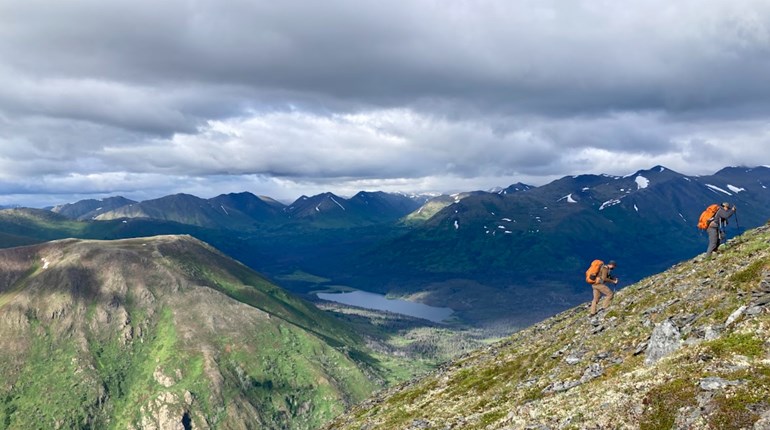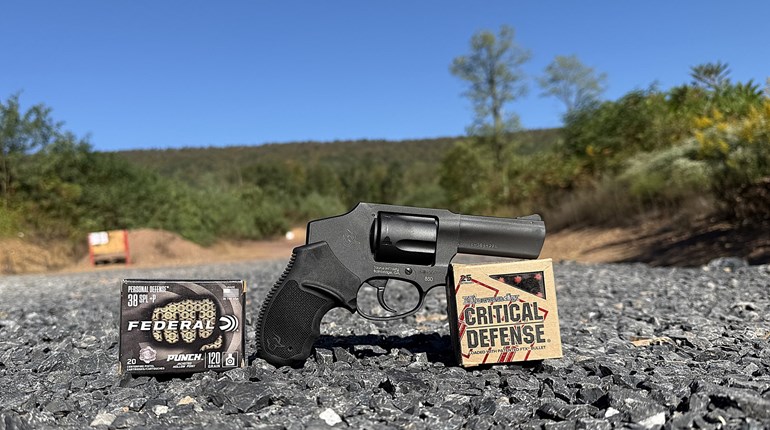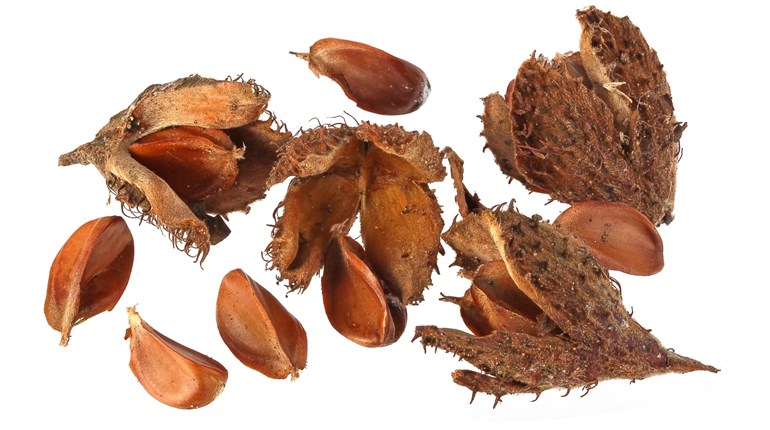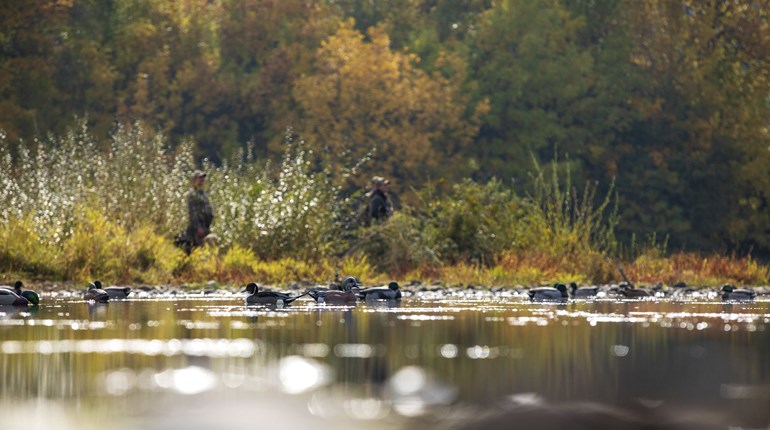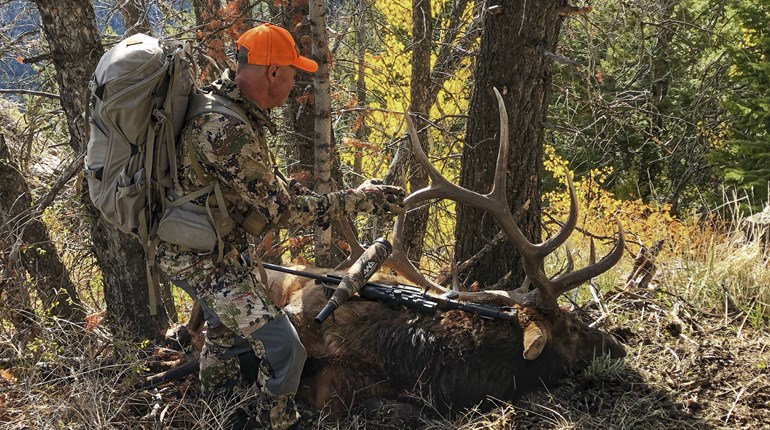
The human body can survive weeks without food, but dehydration sets in within just a few days without water. Even mild dehydration can impair your physical performance and mental clarity, which is dangerous when you need to make quick, smart decisions in an outdoor environment. Having access to clean water is essential not just for drinking but also for cooking, first aid, and basic hygiene. Unfortunately, many outdoor water sources contain bacteria, viruses and parasites that can cause serious illnesses. This is why water sourcing and purification skills are foundational for anyone who spends time in the field.
Locating Water Sources in the Wild
While water may not be obviously present, like it would be in a stream or lake, chances are there are sources nearby to quench your thirst if you only know where to look. Water tends to accumulate in low-lying areas, so one of the easiest first steps in finding water is to look at the terrain around you. Keep an eye out for low areas such as valleys, bases of hills, ditches and similar places that may have a high likelihood of water retention. If you cannot locate a physical water source, take a crack at identifying plants, such as cattails and willows, that may be in your vicinity. These plants, amongst many others, thrive around natural water sources.
Keep in mind that you may not necessarily find water above ground, as a hidden spring could be feeding foliage from underneath. Perhaps you have found yourself lost in a somewhat rocky patch of terrain with your canteen nowhere to be seen. Crevices, caves and other rocky outcroppings have the potential to harbor water in all sorts of climates. All living creatures require water, and when you cannot find any, keep an eye on the skies and even the ground for signs of wildlife. Whether it be a flock of geese overhead or deer tracks in the dirt, animals will not stray too far from a reliable water source, and following these natural signs may be just what you need to survive.
Lastly, collecting rainwater may be an obvious way to quench your thirst, but the ability to collect the morning dew is often forgotten. Whether you take a sip or two off large foliage or perhaps gather it with a clean cloth to strain, morning dew can be a reliable emergency water source should the need arise later.
Purification Methods in the Field
Purifying water is essential once you've located it. Natural water sources, especially those with stagnant or murky water, often contain pathogens like Giardia, E. coli and others, which can cause severe gastrointestinal distress. Here are several reliable purification methods to make sure your water is safe to drink:
Boiling
Boiling is one of the oldest and most reliable methods to purify water. Simply bring the water to a rolling boil for at least 1-3 minutes. At higher altitudes, boil for longer, as water boils at a lower temperature the further up you go. This method kills bacteria, viruses and parasites effectively. It’s simple and doesn’t require specialized equipment beyond a container and a heat source. One of the only downsides to this method is that it requires a fire or stove, so it may not always be practical if you're in an area where fire restrictions are in place, or where fuel is scarce. Also, boiling doesn't remove any chemical pollutants in your water.
Filtration Systems
Portable water filters, available in various forms, such as pumps, straws and gravity bags, are designed to remove impurities from water. These filters typically remove bacteria and parasites, but may not be effective against viruses unless they're specifically rated to do so ... always check the label! Filters are convenient, lightweight and easy to use, making them ideal for outdoor activities such as hiking and camping. They’re also reusable, and some can process large quantities of water relatively quickly.
Filters can become clogged, especially if used in silty or muddy water. Be sure to regularly clean your gear and keep it from freezing, as temperatures below 32 degrees Fahrenheit will most likely compromise the integrity and function of your filter.
Chemical Purification (Tablets and Drops)
Chemical purification involves adding tablets or liquid drops (such as iodine or chlorine dioxide) to your water. Follow the manufacturer’s instructions for dosage and wait time to allow the chemicals to effectively neutralize any pathogens. This method is lightweight, compact and requires no additional equipment. Chemical treatments are effective against most waterborne pathogens, including viruses.
Some people find that these chemicals give the water an unpleasant taste, though taste-neutralizing tablets are available. Chemical treatments can also be less effective in cloudy or very cold water, and some chemicals (like iodine) are not recommended for long-term use or for women who are pregnant.
Ultraviolet (UV) Light Purifiers
UV purifiers use ultraviolet light to kill bacteria, viruses and parasites. These devices are battery-powered and can purify a liter of water within minutes by stirring a UV light wand in the water. This method is effective against a broad spectrum of pathogens, including viruses. They’re lightweight and compact, and they don’t alter the taste of the water. UV purifiers require batteries, so you’ll need spares or a solar charger in the field. They’re also less effective in murky water, so you may need to pre-filter the water if it’s visibly cloudy.
Sourcing and purifying water is one of the most fundamental fieldcraft skills, as humans can only go so long without hydration. Understanding where to look for water and how to safely purify it gives you the confidence to handle even the most challenging conditions. Whether you’re using a portable filter, purifying with chemicals or utilizing any of the methods mentioned above, each has its own benefits and limitations. The most important thing is to be prepared, carry the necessary tools, and practice these skills before you need them. By understanding these techniques, you’ll be ready to handle whatever comes your way… hydrated, healthy and ready for your next adventure.














